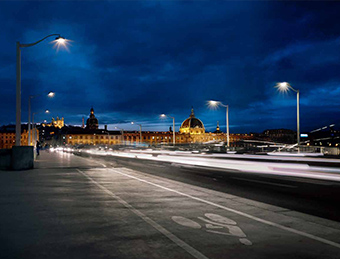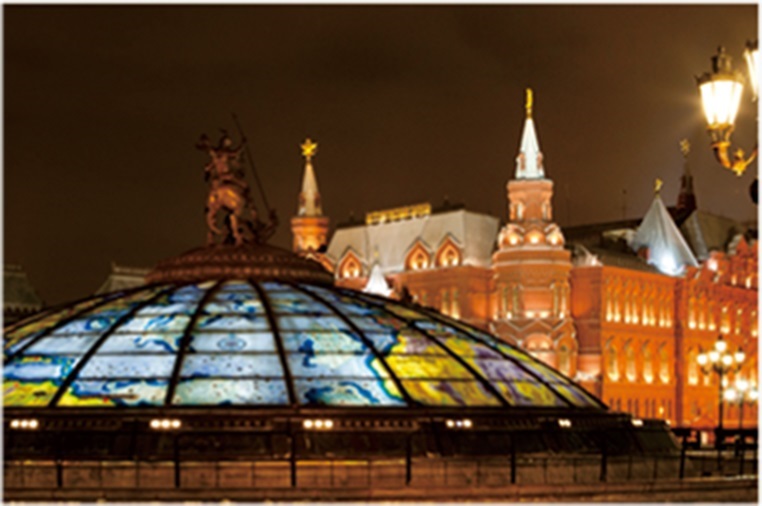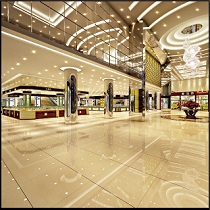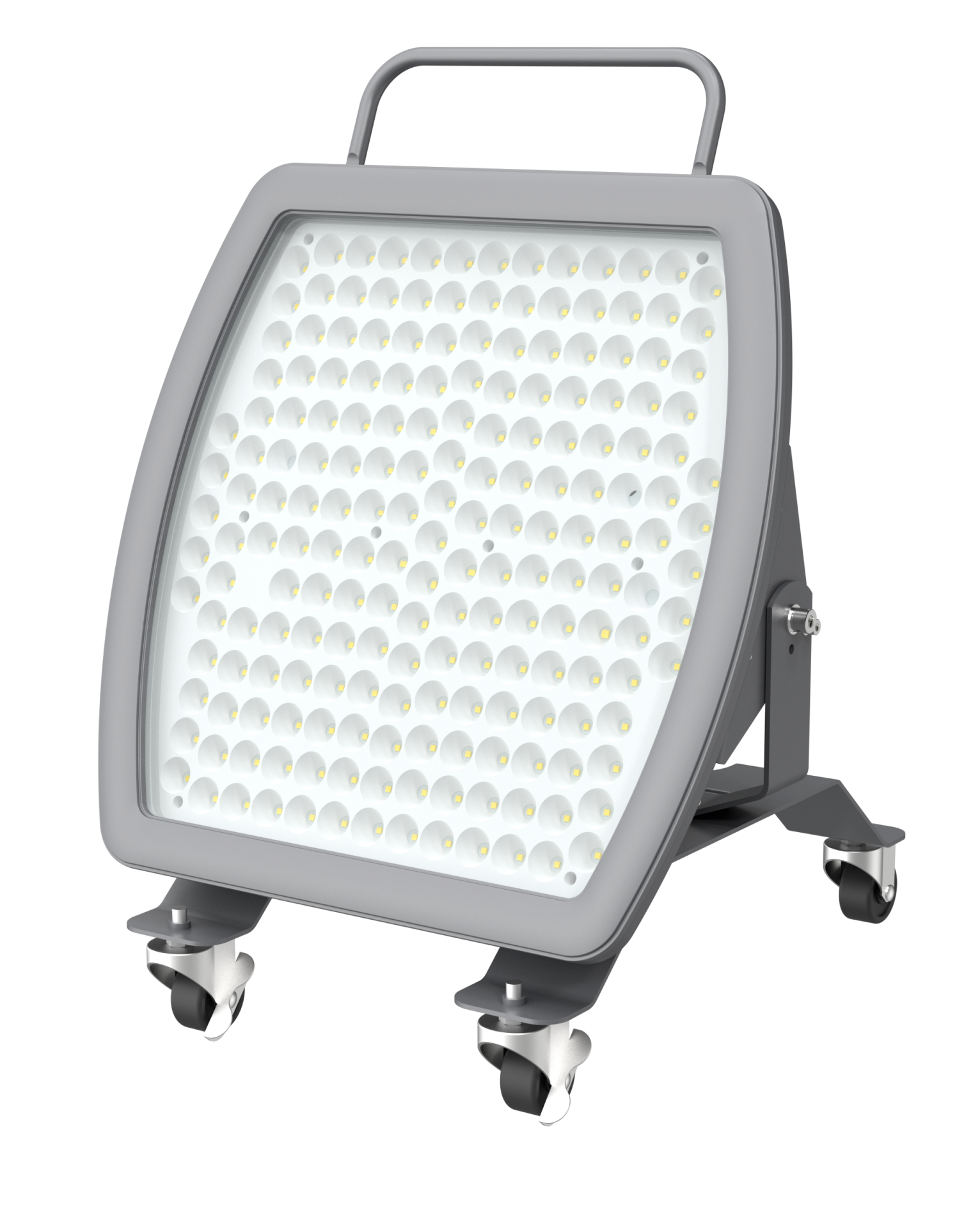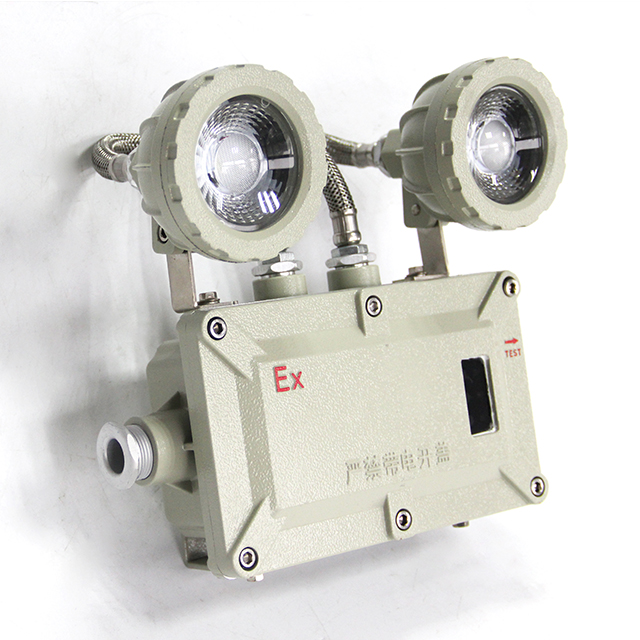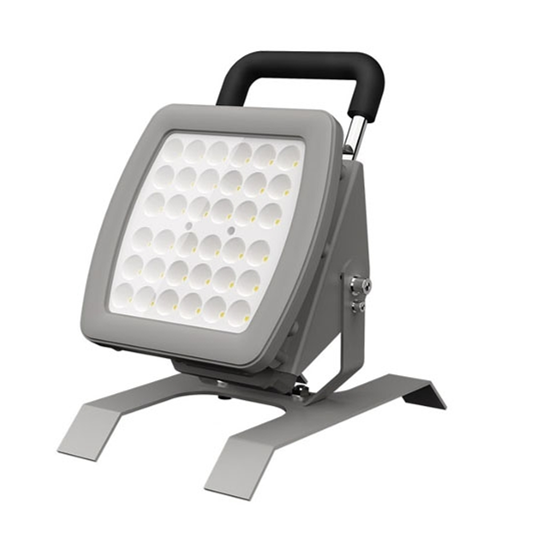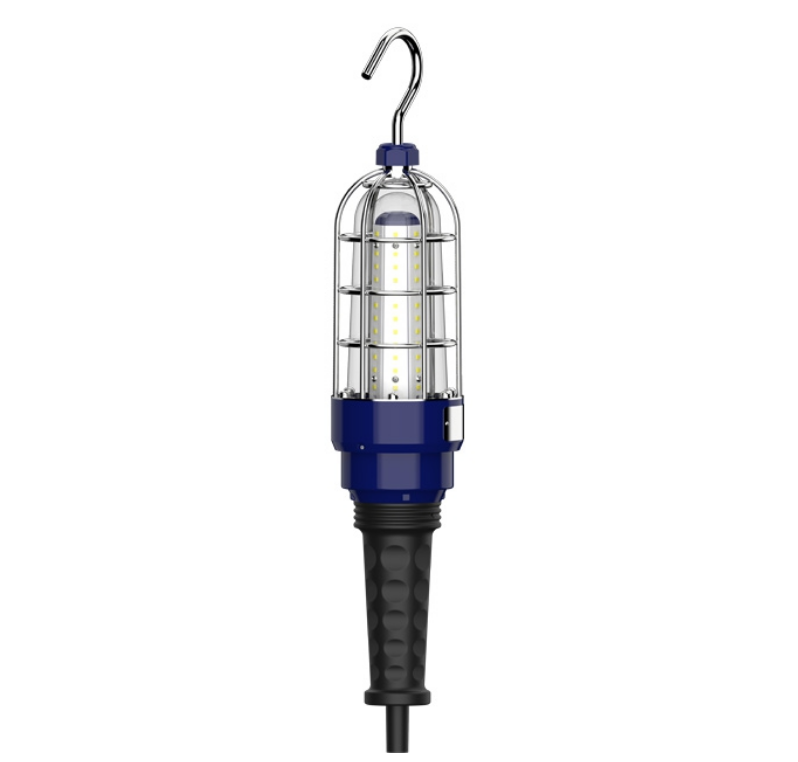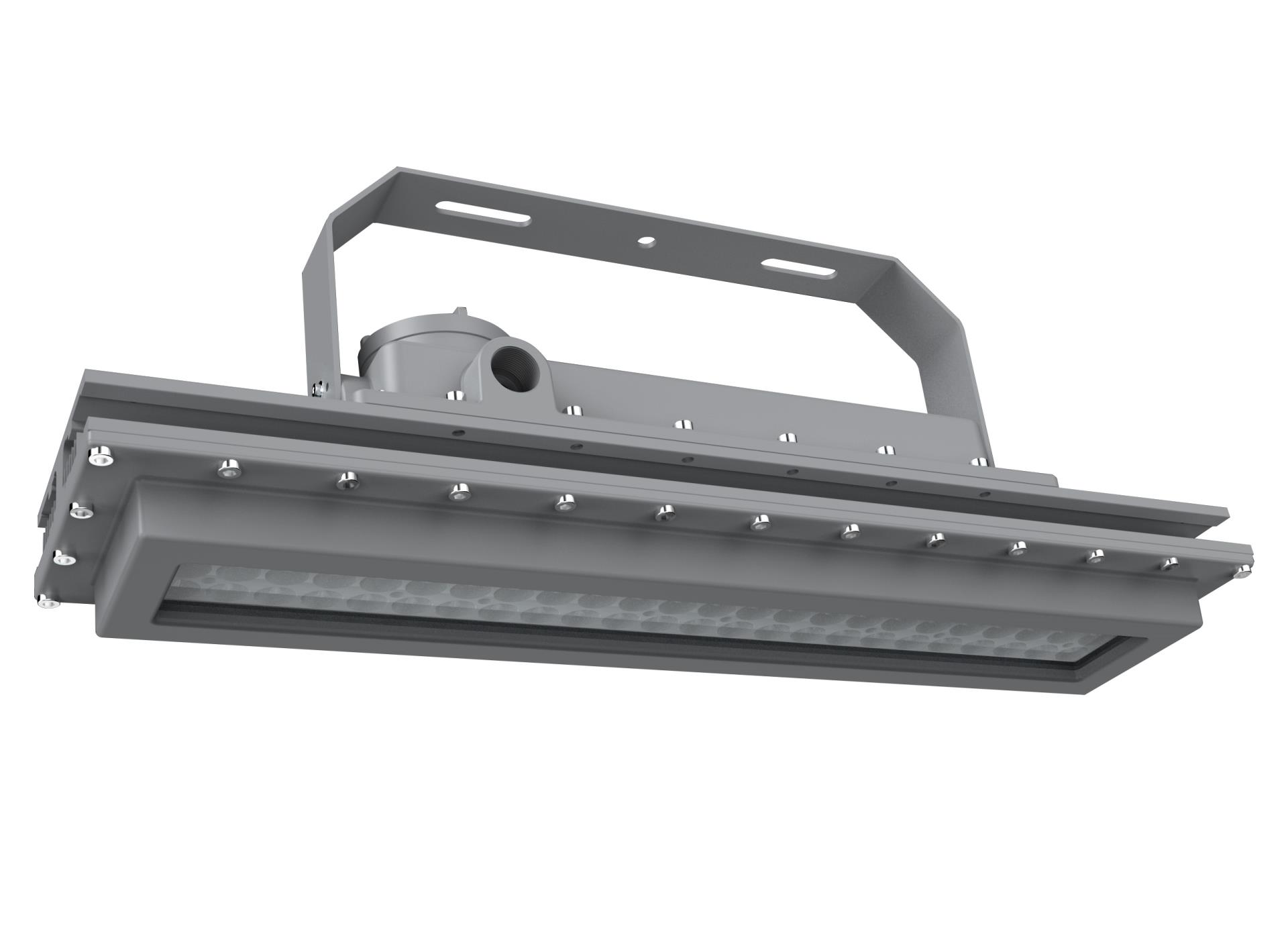Ensuring safe and reliable lighting in hazardous environments is a priority for industries such as mining, oil exploration, and chemical processing. In areas where flammable gases, combustible dust, or volatile chemicals are present, standard lighting systems pose significant risks. Explosion proof LED lighting is specifically engineered to withstand these dangers, offering both safety and efficiency. This guide will walk you through the key considerations when selecting explosion proof LED lights and explain why they are essential for high-risk facilities.
Why Explosion Proof LED Lighting Matters
Unlike conventional fixtures, explosion proof LED lights are designed with reinforced housings and advanced sealing to prevent sparks or heat from igniting flammable substances. Their rugged design not only ensures compliance with safety regulations but also provides long-lasting performance in some of the harshest working conditions on earth.
Key Factors to Consider When Choosing Explosion Proof LED Lights
1.Certification and Compliance
Always verify that the lighting fixtures meet international standards such as ATEX, IECEx, or UL. Certified products guarantee that they have been tested for use in specific hazardous environments.
2.Durability and Build Quality
The fixture should be resistant to corrosion, vibration, and impact. Materials like aluminum alloys and tempered glass ensure strength while reducing maintenance needs in environments like oil rigs or mines.
3.Energy Efficiency
Explosion proof LED lights consume far less energy compared to metal halide or fluorescent alternatives. Their long lifespan—often exceeding 50,000 hours—significantly reduces replacement costs and downtime.
4.Optical Performance
Look for lights with high lumen output and customizable beam angles. Whether you need broad coverage for large platforms or focused illumination for confined spaces, optical flexibility enhances safety and productivity.
5.Heat Management
Effective thermal control systems are critical. Advanced heat sinks extend the lifespan of LEDs and ensure stable performance, even under continuous operation.
6.Ease of Installation and Maintenance
Explosion proof designs should still allow for straightforward installation and minimal servicing. Modular structures and accessible components save valuable time in challenging work environments.
Common Applications of Explosion Proof LED Lighting
Mining Operations: Provide clear visibility in tunnels and reduce the risk of gas-related incidents.
Oil and Gas Platforms: Essential for night operations and confined spaces where flammable vapors are present.
Chemical Plants: Improve safety and operational efficiency in volatile processing environments.
Grain Storage Facilities: Minimize ignition risks caused by dust accumulation.
Pharmaceutical Manufacturing: Ensure safe compliance with stringent production and safety standards.
Benefits Beyond Safety
Explosion proof LED lighting is not only about preventing accidents—it also brings measurable economic and environmental benefits. By lowering electricity consumption and minimizing maintenance, these fixtures reduce operational costs while supporting sustainability goals. Their durability means fewer replacements, lowering both material waste and labor costs.
Conclusion
For hazardous environments where safety cannot be compromised, explosion proof LED lighting provides the perfect balance of protection, performance, and efficiency. By carefully considering certification, durability, energy efficiency, and optical performance, businesses can ensure that their facilities remain compliant and secure while enjoying long-term cost savings.
To explore high-quality, certified explosion proof LED lighting solutions designed for demanding industries, trust adtoledlight as your reliable partner in advanced lighting technology.



